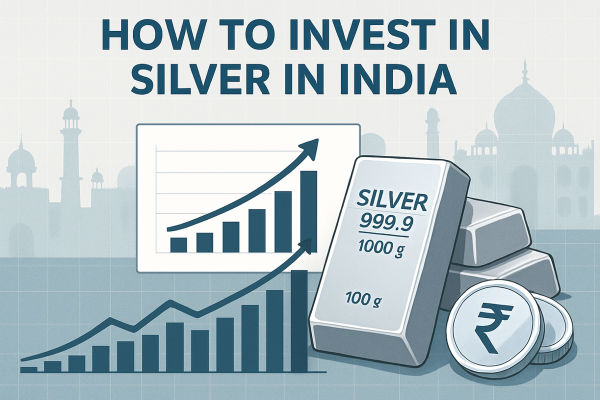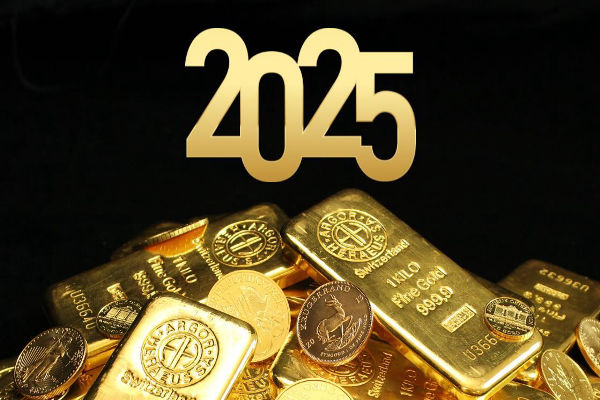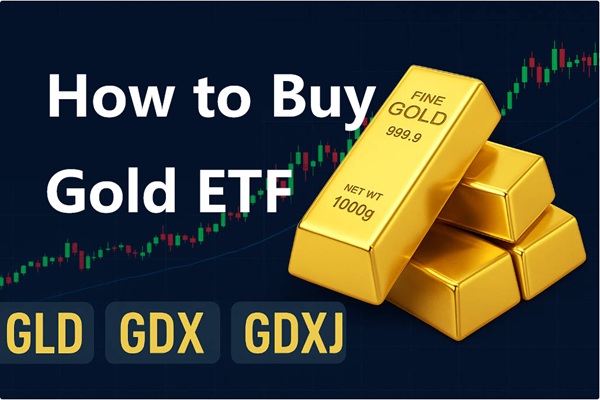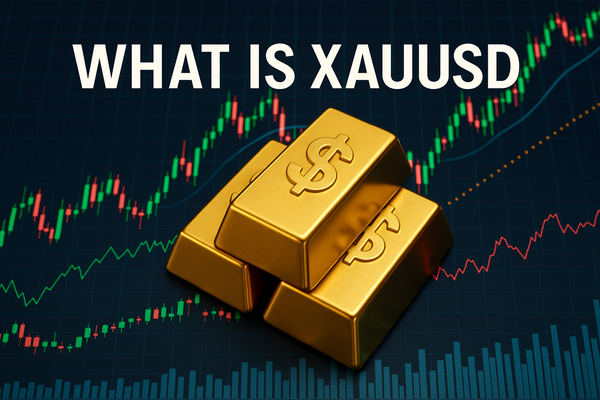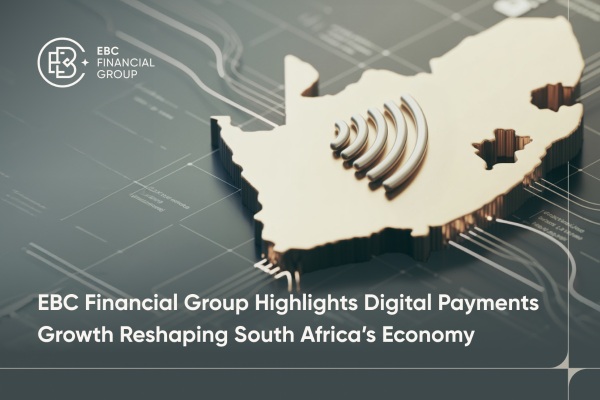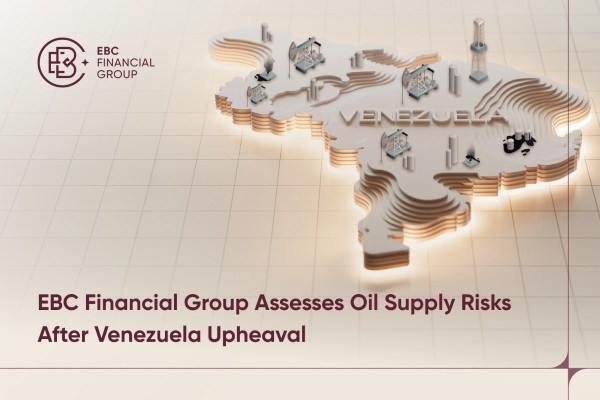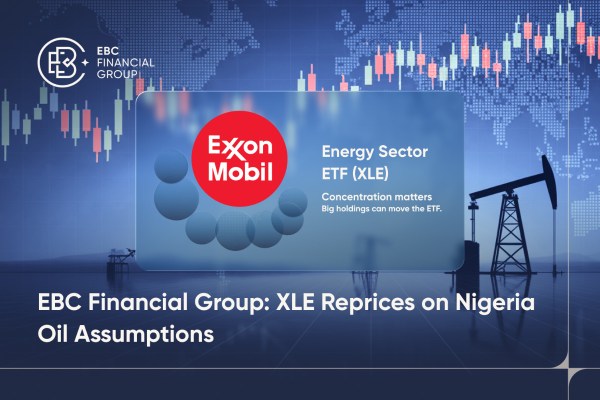When markets grow unpredictable and inflation starts to bite, gold often becomes more than just a precious metal — it becomes a safe haven. For centuries, people have turned to gold to protect their wealth, especially when currencies wobble and stocks lose their shine. But with so many ways to buy it today — from physical bars to digital apps — knowing where to begin can feel overwhelming.
Whether you're looking for something tangible to lock away or just want quick exposure through your investment account, understanding your options is the first step toward buying gold with confidence.
Buying Physical Gold: Bars and Coins
 One of the most traditional ways to invest in gold is by purchasing physical bullion, which includes gold bars and coins. This method gives you direct ownership of the metal, which many investors appreciate for its tangibility and long-term stability.
One of the most traditional ways to invest in gold is by purchasing physical bullion, which includes gold bars and coins. This method gives you direct ownership of the metal, which many investors appreciate for its tangibility and long-term stability.
Gold Coins: Popular coins like the Krugerrand (south africa), Gold Maple Leaf (Canada), and American Eagle (USA) are widely recognised, making them easier to buy and sell. While they often come with slightly higher premiums, they also tend to be more liquid and easier to trade in small amounts.
When purchasing physical gold, it's essential to choose a reputable dealer, verify authenticity (e.g. with serial numbers or certificates), and make arrangements for secure storage, whether that be a home safe, safety deposit box, or insured vault.
Investing in Gold ETFs and Exchange-Traded Products
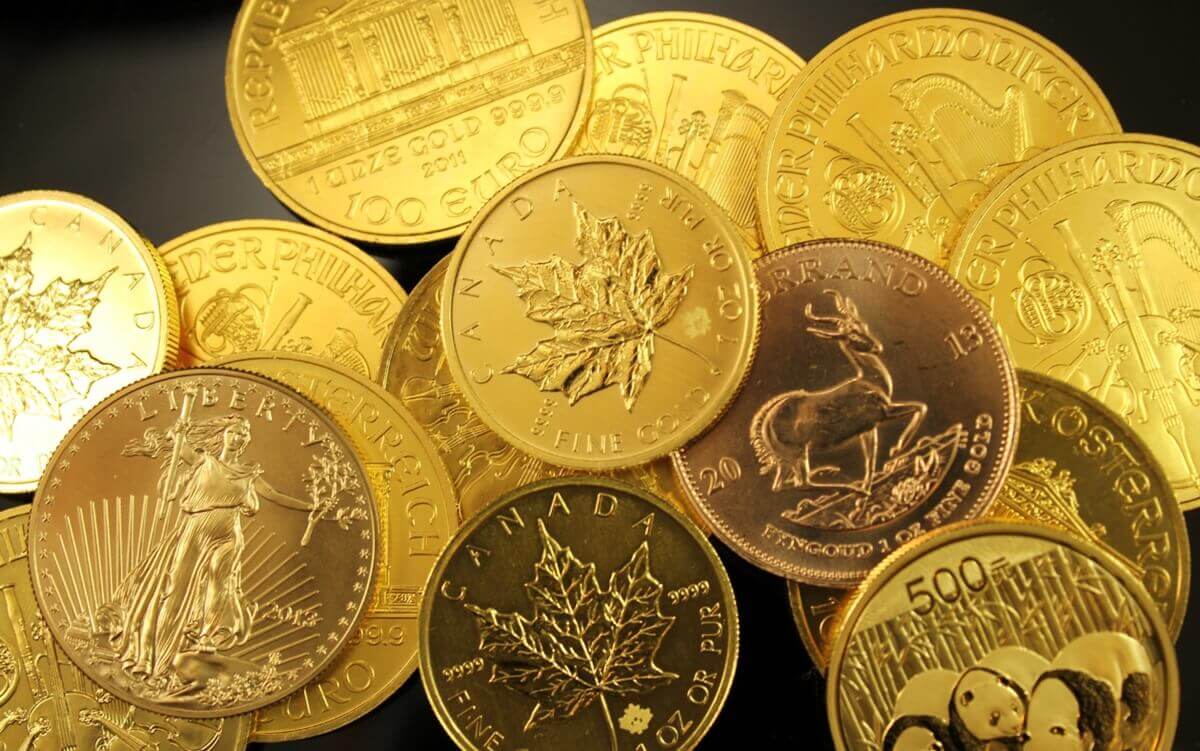 For those who want exposure to gold without dealing with physical storage or security, Gold ETFs (Exchange-Traded Funds) provide a convenient alternative. These financial instruments track the spot price of gold and are traded on stock exchanges just like shares.
For those who want exposure to gold without dealing with physical storage or security, Gold ETFs (Exchange-Traded Funds) provide a convenient alternative. These financial instruments track the spot price of gold and are traded on stock exchanges just like shares.
Gold ETFs are suitable for investors who want:
However, they do not grant direct ownership of gold — you're holding a share in a trust that owns gold, not the metal itself.
Gold Futures and Options
For more sophisticated investors, gold futures and options offer a way to speculate on the future price of gold or hedge against market risks.
Both instruments are typically traded on commodities exchanges and require an understanding of margin requirements, contract expiry, and market volatility. Futures and options are not recommended for beginners, as they carry significant risk if mismanaged.
Gold Mining Stocks and Mutual Funds
Another indirect way to gain exposure to gold is by investing in companies involved in gold mining and production. These include individual mining stocks or mutual funds and ETFs focused on the precious metals sector.
Be aware that mining stocks are affected not only by gold prices but also by:
As such, this method is more volatile than buying physical gold or ETFs tracking the metal's price.
Digital Gold and Certificate Accounts
As technology reshapes the financial world, digital gold has emerged as a modern solution for investors wanting fractional, low-barrier access to the gold market.
Digital Gold Platforms: Services such as Vaulted, BullionVault, or even mobile banking apps in some countries allow users to buy and sell gold in real-time. Your gold is typically stored in a professional vault, and you can usually withdraw it physically if needed.
Gold Certificates: Offered by banks or financial institutions, certificates represent ownership of a specific quantity of gold without holding the metal physically. These are useful for large investors or those seeking convenience, but always verify the institution's credibility and whether your gold is allocated (specifically held for you) or unallocated (pooled with others' gold).
Digital gold and certificates can be attractive due to:
Lower transaction costs
Ease of access
Secure custodianship
However, they still carry counterparty risk and may not be ideal for those who value direct control over their assets.
Conclusion: Choosing the Right Way to Buy Gold
Buying gold can serve many purposes — hedging against inflation, diversifying your investment portfolio, or simply preserving wealth. But with a wide range of methods available, the "best" way to buy gold depends on your personal goals, risk appetite, and investment timeline.
If you value tangibility and security, physical gold may suit you.
If you want liquidity and simplicity, ETFs or digital gold might be a better fit.
For those with market expertise, futures or mining stocks can offer higher potential (and higher risk).
Regardless of your choice, always do thorough research, assess fees and risks, and consider how gold fits into your overall financial strategy.
Disclaimer: This material is for general information purposes only and is not intended as (and should not be considered to be) financial, investment or other advice on which reliance should be placed. No opinion given in the material constitutes a recommendation by EBC or the author that any particular investment, security, transaction or investment strategy is suitable for any specific person.



 One of the most traditional ways to invest in gold is by purchasing physical bullion, which includes gold bars and coins. This method gives you direct ownership of the metal, which many investors appreciate for its tangibility and long-term stability.
One of the most traditional ways to invest in gold is by purchasing physical bullion, which includes gold bars and coins. This method gives you direct ownership of the metal, which many investors appreciate for its tangibility and long-term stability. For those who want exposure to gold without dealing with physical storage or security, Gold ETFs (Exchange-Traded Funds) provide a convenient alternative. These financial instruments track the spot price of gold and are traded on stock exchanges just like shares.
For those who want exposure to gold without dealing with physical storage or security, Gold ETFs (Exchange-Traded Funds) provide a convenient alternative. These financial instruments track the spot price of gold and are traded on stock exchanges just like shares.








